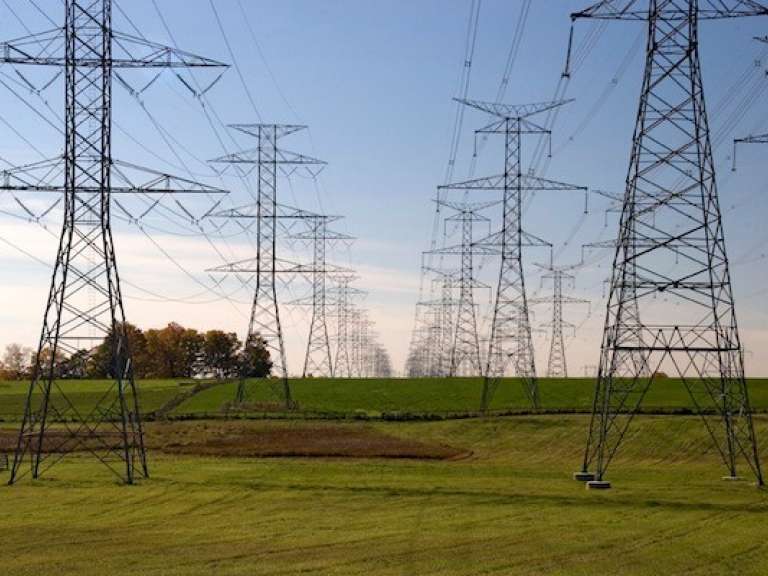As profiled in Bloomberg and elsewhere, renewable energy sources are responsible for a growing share of electricity supply. As this occurs, the operational role to be played by many fossil generation assets already installed must correspondingly change.
In some cases, power plants may need to serve in missions that were unimaginable when they were originally constructed a few decades ago. However, such missions are becoming necessary to better support continued reliable electric service while accommodating an increasing volume of intermittent renewable energy supplies. Some of the missions that owners and operators of fossil generation assets may newly need to consider include renewable balancing, spinning reserve, and non-spinning grid support.
Renewable Balancing
Over the years, for most fossil power plants, operational dispatch schedules were set well in advance, based on expected wholesale market conditions that were usually quite predictable. In contrast, the renewable balancing mission entails placing the generation asset under the control of the regional grid operator, which assumes responsibility for modulating plant output on a moment-to-moment basis to balance supply and demand. Increasingly, this supply-demand balancing must account for greater quantities of electricity supplied by renewable energy sources, which can abruptly change according to wind and sun conditions.
Gizmodo reviewed the preparations undertaken by grid operators across the US for the August 2017 total solar eclipse, illustrating the profound operational challenges that can occur within just a few seconds.
For a power plant to successfully serve in such a renewable balancing mission, ramp rate capability is absolutely critical. Because they are adapted from jet engines that must have a quick response to satisfy aviation requirements, power plants based on aeroderivative gas turbine technology tend to have the highest ramp rates, although other types of power plants can be adjusted to increase their ramp rates.
Spinning Reserve
Power plants that perform a spinning reserve mission operate for many hours at low idle, synchronized with the grid at minimum output levels, waiting to be utilized more intensively when called upon by the grid operator.
When the grid was supplied exclusively by firm supply resources, only relatively few assets—often plants that were commissioned for this express purpose—were necessary to perform this service. However, with greater variability in grid operations resulting from the higher penetration of intermittent renewables, the quantity of spinning reserve requirements is almost certain to rise.
Accordingly, more assets will need to serve in this mission—probably including some plants that are not ideally suited for this kind of duty. To be a winner in spinning reserve, generation assets not only need high ramp rates (more so upward than downward), but also lower minimum turndown levels and better conversion efficiency rates at low output levels to reduce fuel burn costs during idling periods.
Non-Spinning Grid Support
Complementing plants performing spinning reserve duty, plants that stand by in non-spinning reserve—usually offline, but always ready to turn on instantaneously in response to the grid operator's urgent call—will also likely be critical to support the grid as it relies more upon intermittent renewable energy sources.
The most important operating parameter for a plant serving in a non-spinning reserve mission is start time, or the number of minutes required to achieve synchronization with the grid.
Historically, plants in standby mode have been among the oldest, least efficient, and least flexible in the fleet—and if they suffered long-term adverse consequences from being called into action hastily, it was usually no big deal because they were rarely pressed into service anyway, perhaps only once or twice over the course of many years. Given that non-spinning plants are likely to be fired up with greater regularity in the future, such indifference to plants' performance and long-term durability may no longer be acceptable.
As these new missions increasingly apply to fossil power plants, asset owners and operators should draw three general implications:
1. The Focus of Plant Operations is Shifting From Energy and Capacity to Ancillary Services
These emerging missions tend to de-emphasize the need for power plants to simply provide energy (generated electricity) or capacity (available megawatts), which historically have been the primary outputs of interest for generation assets. Instead, these missions emphasize ancillary services, for which new operational metrics will be required.
2. Attention Must Be Paid to Grid Operator Concerns and Economics
Rather than wholesale buyers of electricity, grid operators are the relevant counterparties for the ancillary services that often are at the crux of emerging power plant missions. Therefore, a deep understanding of grid operator needs and of the economics of alternative sources for ancillary services will be critical factors for success in these missions.
3. Increasing Value of Operational Flexibility
To perform effectively in the emerging missions, owners and operators must enhance plant flexibility along with one or more key operational parameters, depending upon which mission is of interest. Fortunately, upgrades and retrofits to enhance flexibility are available for most fossil power plants, though the options to be considered will depend greatly upon an asset's historical type, vintage, and prior utilization history.
Given that the potential need to shift power plant missions is quickly gaining in relevance as wholesale power markets rapidly evolve, fossil generation asset owners and operators should elevate the topics of ancillary services, grid operator needs, and asset flexibility enhancement options to high-priority status on their institutional learning agendas.
